Visitors look for museums that tell the History of their travel destination. Art museums frequently make the bottom of the must-see lists. Like a backup plan if the weather turns or you have time to kill at the end of your trip.
I handpicked 5 art museums you must visit in Lisbon firstly because of their range, from the admission price to the collections.
Secondly, because although some of them include pieces from non-Portuguese artists, they all convey a local flair.
And thirdly, it impresses me how well curated they are. My rule of thumb for the best experience in a museum is: you have to find yourself completely submerged and losing track of time.
I will add that all of them are set in buildings with a remarkable architectural value.
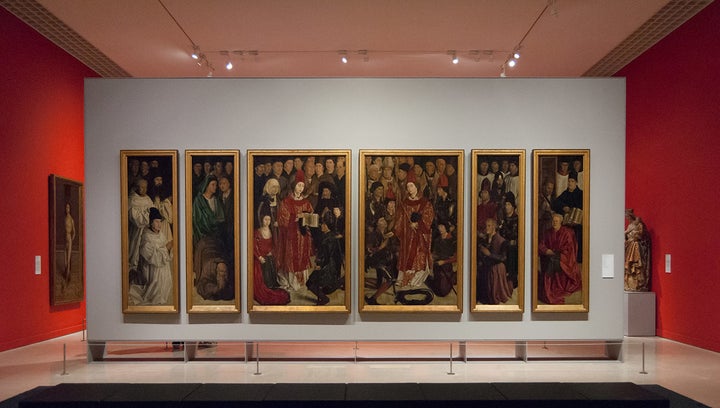
Painéis de São Vicente, MNAA (Museu Nacional de Arte Antiga)
MNAA - Museu Nacional de Arte Antiga (National Museum of Ancient Art)
12th to 19th Centuries
The first art museum of Lisbon is still set in the same building since 1884 - the Palace of the Count of Alvor.
Three floors full of paintings, statues, and furniture. It’s the most impressive art collection in the city.
My favorite pieces are on the top floor, the Portuguese paintings, and on the second floor, the art from the age of Discoveries.
All pieces in the museum tell a story, of course, but I like to think about those two floors like a chance to time travel into the Portuguese culture from the 15th to the 19th centuries.
On the top floor, you’ll see the most famous painting in the country, front and center. The “Painéis de São Vicente” is referred in every single Portuguese History textbook as the accurate depiction of the country’s class division system circa 1460.
The Art of the Age of Discoveries wing is a look into the cultural exchange between Portugal and the former colonies in Asia and Brazil. I find the religious pieces that mix Western and Eastern styles particularly revealing.
Insider tip: after your visit, head down to the restaurant outside with a view over the river.
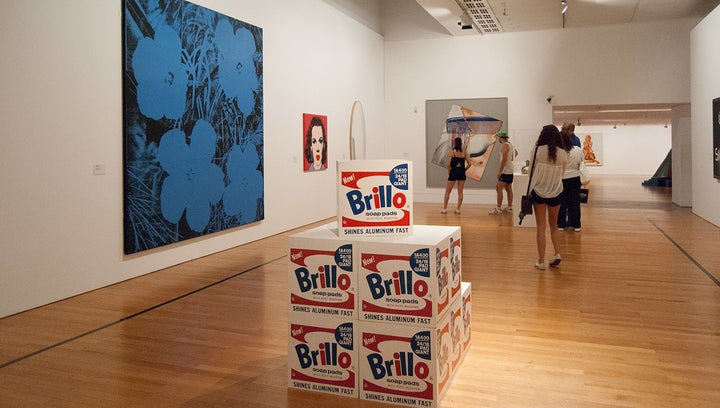
American Pop Art room, Museu Colecão Berardo
Museu Colecão Berardo (Berardo Collection Museum)
Modernist and Contemporary (1900’s to 1990’s)
The first thing you notice in this museum is the space - open, white, fresh, and unassuming. After all, it simply echoes the tone set by the rest of the Belém Cultural Center.
I think all museums should be unassuming, don’t you agree? I’m not an art connoisseur so I appreciate a museum that goes the extra mile beyond labeling paintings.
At the entrance of each one of the galleries, an information board provides detailed information about the art period on display. You then flow from one room to the next, following the timeline from 1900 to 1990.
Displaying art with a timeline approach is intentional to convey the sense of beginning and ending, like a block of time.
Insider tip: access the museum through the “backdoor” (next to the stage entrance). From the top, you can see a cool piece of street art behind the Cultural Center.
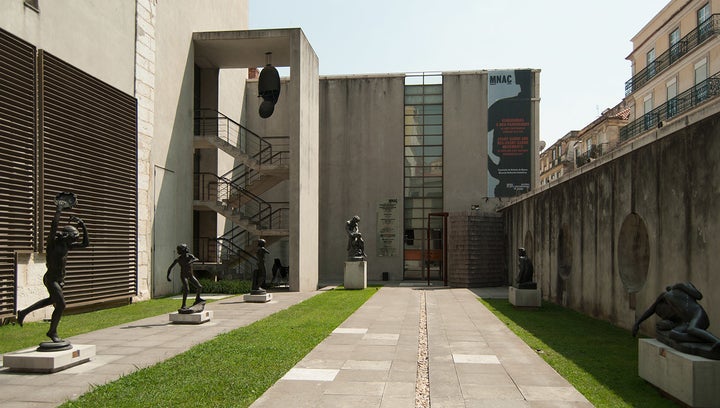
Statue Garden, Museu Nacional de Arte Contemporânea (MNAC)
MNAC - Museu Nacional de Arte Contemporânea (National Museum of Contemporary Art)
19th to 21st Centuries Portuguese Modern and Contemporary
Compared to the other museums listed here, MNAC’s collection is smaller in size but greater in importance. It’s the only contemporary art museum in Lisbon completely dedicated to national artists.
I strongly suggest you start at the top floor where they showcase the permanent collection and then continue to the bottom floor for the temporary exhibitions.
Set in the old Saint Francis Convent (one of the many buildings affected by the Great Earthquake of 1755), the space is surprisingly intimate and well curated, despite the small collection. They manage to accommodate the different periods in distinct areas (which, given the challenges of the space, is quite remarkable). The proximity you have with the pieces allows you to have a “one-on-one” experience with them.
Insider tip: after your visit, head down to the inner courtyard for coffee or to check out the Garden of Sculptures.
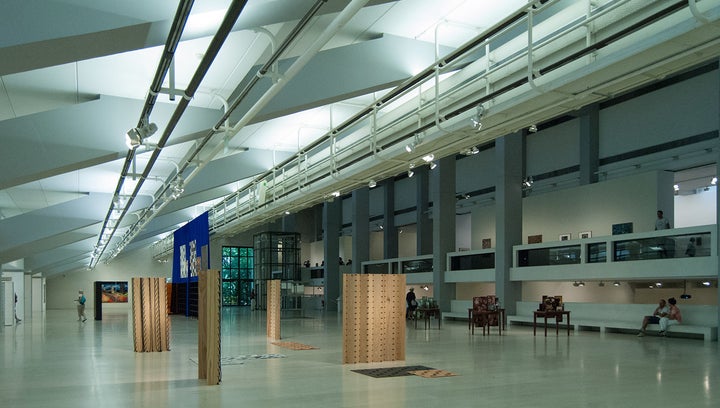
Ground floor, Centro de Arte Moderna Calouste Gulbenkian (CAM)
CAM - Centro de Arte Moderna Calouste Gulbenkian (Center for Modern Art)
19th to 21st Centuries Modern and Contemporary
With its modernist mid-century design lines, the CAM is the old school type of this list. The Gulbenkian Foundation in Portugal (and specifically in Lisbon) is a synonym of education and research.
Calouste Gulbenkian, the founder, dedicated most of his life to make sure everyone in the country could have equal and free access to art.
Following the founder’s line of thought, the pieces are shown in rotation but always within a historical framework. It’s a museum with an unexpected storytelling twist.
Insider tip: take the time to explore the rest of the Foundation’s grounds and relax in one of the gardens (dogs not allowed).
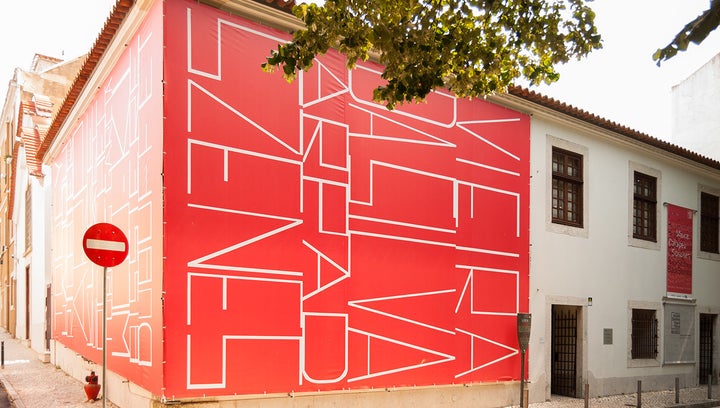
The Árpád Szenes-Vieira da Silva Foundation, a former silk factory in Amoreiras (Lisbon)
The Árpád Szenes-Vieira da Silva Foundation
Work of the Hungarian Árpád Szenes and the Portuguese Maria Helena Vieira da Silva
The museum is named after the Hungarian-Portuguese couple of painters and is set in an old Silk Factory in the heart of Lisbon, by choice of (Maria Helena) Vieira da Silva herself.
The museum would be rather dull if set in any other building in town. Her work has a very urban feel that is perfectly complemented by high ceilings and wooden beams, and I think that’s one of the reasons why she chose it.
Like in a gallery, proximity is encouraged between visitors and the pieces. Here, art and architecture blend in luminous open spaces.
The collection is a mix of pieces donated by private collectors and personal pieces selected by Vieira da Silva for the museum.
Insider tip: after your visit, spend some time in the small garden across the street where they used to grow mulberry trees to feed the silkworms.
Sandra blogs about culture and travel at www.tripper.pt . Ask her anything about traveling in Lisbon and the Azores islands.
